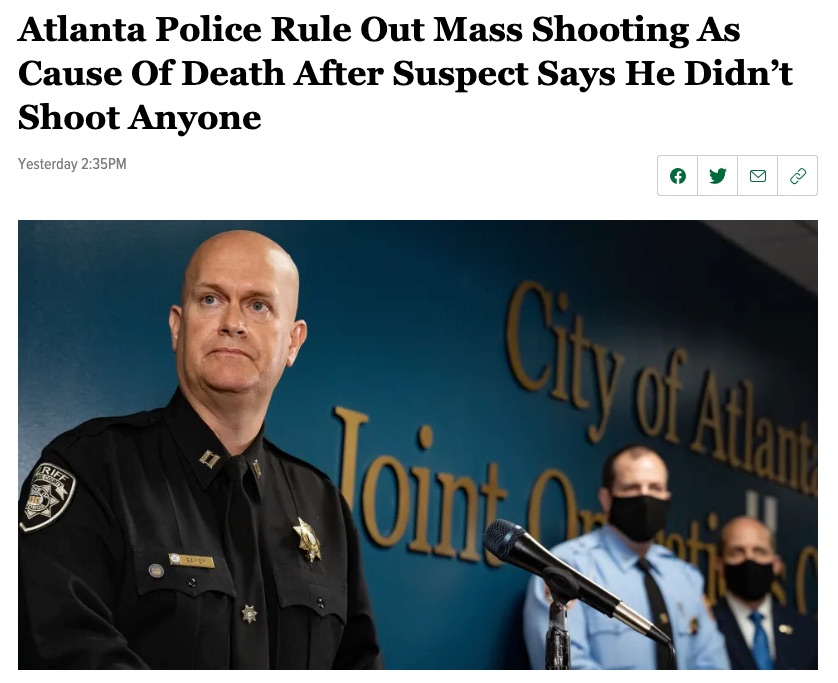 Talk about burying the lede! Had environmental scientists opened with a warning like “Human penises are shrinking because of pollution”, we would’ve been a zero-emissions, zero-waste, well-endowed world decades ago.
Talk about burying the lede! Had environmental scientists opened with a warning like “Human penises are shrinking because of pollution”, we would’ve been a zero-emissions, zero-waste, well-endowed world decades ago.
This story’s been making the rounds in my former home town of Toronto: Good Fortune Bar (currently operating as Good Fortune Burger during the pandemic) has cleverly renamed their burgers so that they look like office supplies you can expense:
| This burger… | …goes by the expense item-y name: |
|---|---|
| Diamond Chicken Burger | Mini Dry Erase Whiteboard |
| Double Your Fortune Burger | Ergonomic Aluminum Laptop Stand |
| Emerald Veggie Burger | Wired Earphones with Mic |
| BYO (build your own) Burger | Silicone Keyboard Cover |
Jon Purdy, Good Fortune Burger’s Director of Operations says that it’s all in good fun and hints that you probably shouldn’t try expensing them: “There’s no malice intended in it, it’s all just fun and games.”
 Still, it’s a fun idea that’s worth stealing for your own food or drink business. Seminole Heights eateries and drinkeries, do it! I’d love to buy some HDMI Cable Stout from 7venth Sun Brewery or a Webcam Ring Light Burrito Bowl from Xtreme Tacos!
Still, it’s a fun idea that’s worth stealing for your own food or drink business. Seminole Heights eateries and drinkeries, do it! I’d love to buy some HDMI Cable Stout from 7venth Sun Brewery or a Webcam Ring Light Burrito Bowl from Xtreme Tacos!
How it started:
How it’s going:
 Context
Context
- Wikipedia’s entry for Spring Break
- CNN — Miami Beach declares a state of emergency and curfew as spring break crowds spark safety concerns
- NBC News — Miami Beach declares state of emergency over spring break crowds
- New York Times — Covid-19: Miami Beach Shuts Down Late-Night Spring Break Parties
- WFLA — Video: Spring break crowd cheers on handcuffed man who escaped from Clearwater police cruiser
…and is tradition on this blog, that means it’s time to post a favorite tune of mine from the nineties, from the alternate universe known as Canadian music. Here’s First Day of Spring, by The Gandharvas:
It’s a bit of gloomy day in Tampa Bay today, but we could use the rain, so I’m not going to complain. The self-portrait I’ll use to mark spring will be this rather green one from a couple of days ago — St. Patrick’s Day:

 I can already hear management’s response: “80 hours? Those are rookie numbers.”
I can already hear management’s response: “80 hours? Those are rookie numbers.”
Be sure to read the article, which includes this gem:
The survey recommended maximum 80-hour work weeks with no work on Saturday or after 9pm on Friday.





